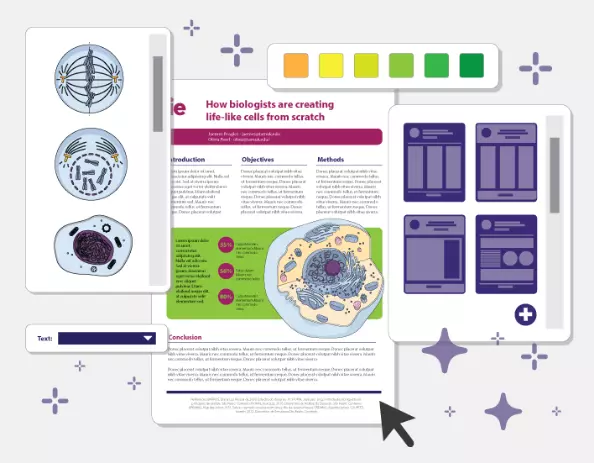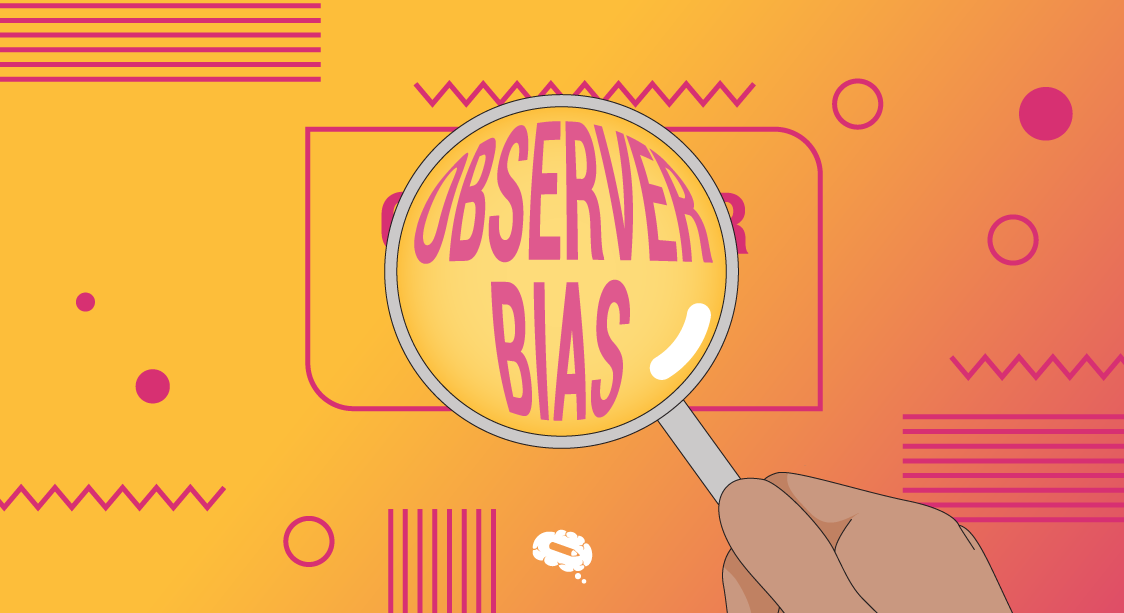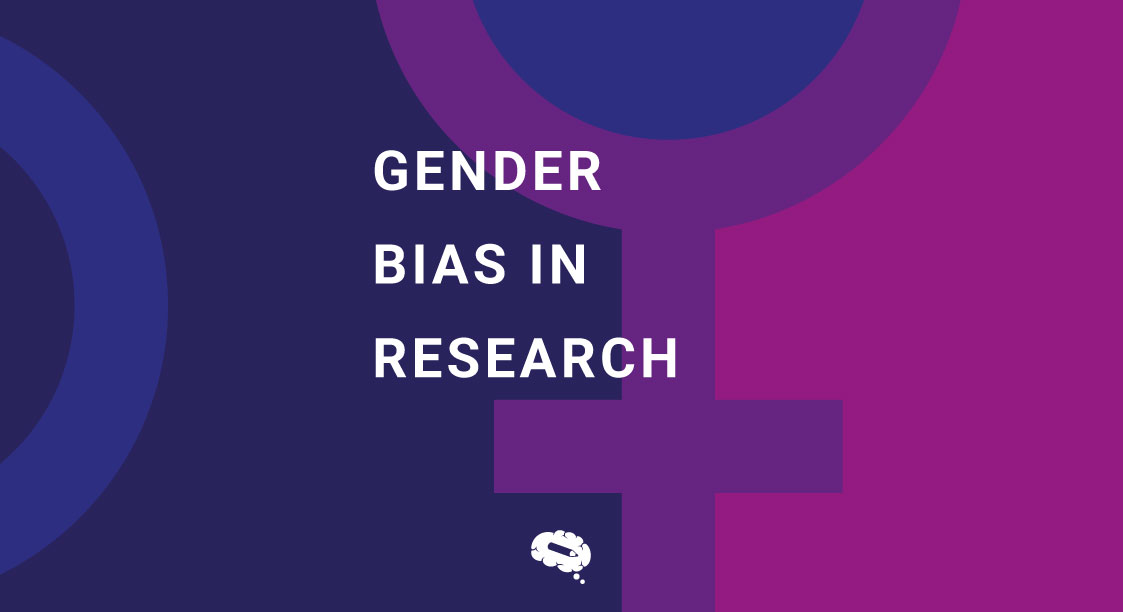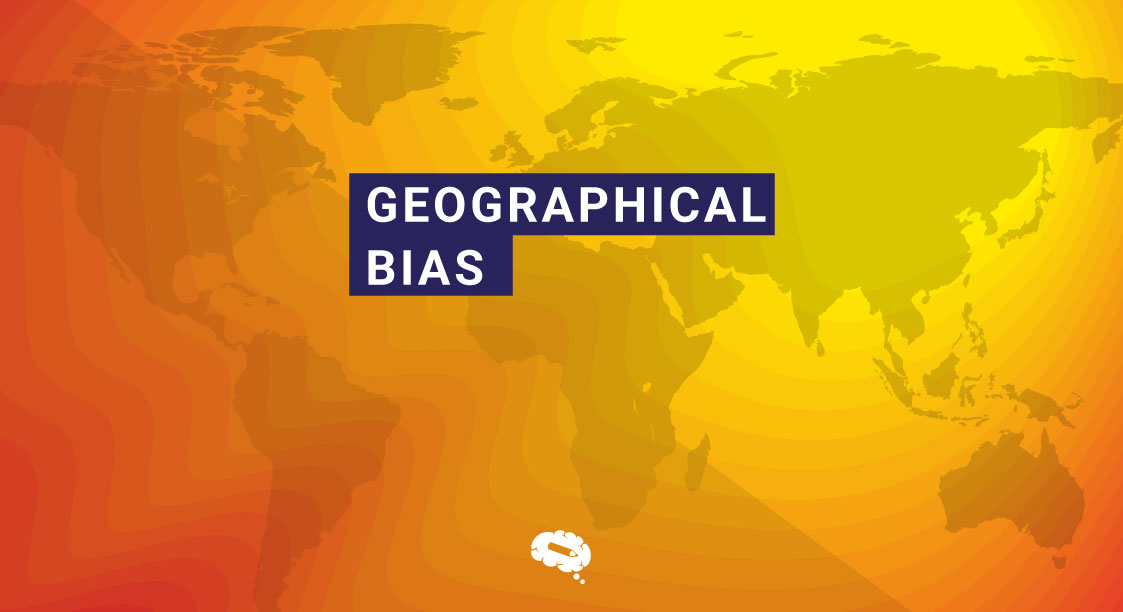Our expectations and beliefs may have a big impact on how we experience and understand the world around us. When it comes to research, these preconceived beliefs might cause a study to be utterly prejudiced, resulting in distorted, deceptive, or even wholly incorrect conclusions.
This is known as observer bias, and it is a regular occurrence in research. It is a normal human predisposition to interpret information instinctively in ways that reinforce one’s own beliefs, expectations, or biases.
In this article, we hope to not only explain what observer bias is but also to provide some recommendations on how to minimize it.
What is observational research?
Essentially, observational research is a useful method for gathering data and comprehending behavior and events in a non-intrusive approach.
Naturalistic observation, participant observation, and archival research are all examples of observational research. Additionally, observational studies are used in many research areas, including medicine, psychology, behavioral science, and ethnography.
What is observer bias?
The effect of a researcher’s personal opinions, expectations, or prejudices on the outcomes of a research study is referred to as observer bias. This happens when a researcher subconsciously impacts the findings of a study based on their own opinions or preconceived assumptions, resulting in an inaccurate interpretation of the data.
Due to the nature of the research method, observer bias is more likely to happen in observational research. The researcher is often a passive observer in observational research, depending on their own observations and interpretations to capture data. As a result, the researcher’s personal opinions, expectations, or biases may impact how they interpret and report data, thus increasing the risk of observer bias.
Types of observer bias
There are several types of observer bias; read on to learn more about them.
Actor–observer bias
The actor-observer bias refers to people’s inclination to ascribe their own conduct to environmental conditions while attributing other people’s actions to their personalities or dispositions. In other words, when people reflect on their own behavior, they are more inclined to evaluate the context and circumstances that led to their conduct, but when they see others’ actions, they are more likely to ascribe such behaviors to personality qualities or internal inclinations.
Example: I was late for the meeting because I was stuck in traffic, but she was late because she was disorganized.
Observer-expectancy effect
The observer-expectancy effect entails the impact that an observer’s expectations or beliefs might have on how they perceive and interpret evidence.
For example, if an observer has a predetermined idea about a certain group of individuals or specific phenomena, they may preferentially attend to or interpret information that supports their beliefs while ignoring evidence that contradicts those beliefs.
A practical example is a physiologist conducting research on the efficacy of a potential treatment for anxiety disorders. When evaluating the participants, the psychologist may unintentionally focus on evidence that supports their hypothesis that the therapy is extremely beneficial and may miss or minimize data that shows otherwise.
Experimenter bias
Experimenter bias is the impact that an experimenter’s expectations, beliefs, or personal prejudices might have on the outcomes of an experiment. This bias can happen when an experimenter unintentionally manipulates or interprets data to support their expectations or opinions, resulting in erroneous or biased conclusions.
Experiment bias differs from the observer-expectancy effect in that experiment bias influences the results of an experiment, as well as how the experiment is conducted and interpreted, whereas the observer-expectancy effect refers to the influence that an observer’s expectations or beliefs can have on how they perceive, collect, analyze, and interpret data in an observation.
Furthermore, observer bias is typically connected with experimental research, whereas experimenter bias is typically related to observational research.
Let’s use the same example as we did for the observer-expectancy effect. A physiologist conducting research on the efficacy of a potential treatment for anxiety disorders. The psychologist may unintentionally arrange the experiment during the research to increase the chance of good findings. They may, for example, pick volunteers who are more likely to respond favorably to the medicine, or they may alter the dosage or duration of the therapy to optimize its benefits.
Hawthorne effect
The Hawthorne effect is a phenomenon that relates to the influence that knowing one is being watched might have on the person’s conduct. The effect was called after a series of experiments done in the 1920s and 1930s at the Hawthorne Works factory in Illinois, where researchers discovered that modifications in working conditions, such as better illumination or shorter work hours, resulted in enhanced work performance.
The researchers found that the increase in productivity was attributable to workers’ consciousness that they were being monitored and the attention they got as a consequence, rather than particular improvements in working circumstances.
How to minimize observer bias?
Considering observer bias may have a major impact on the validity and reliability of research findings, actions must be taken to minimize its impacts. Here are some methods for minimizing observer bias:
- Increasing observer bias awareness and training in its impacts can assist observers in recognizing and controlling for their biases in their findings.
- Cross-checking data with different observers can assist assure the consistency and accuracy of observations. This can aid in identifying any disparities or biases in the observations, resulting in a more credible representation of the data.
- Standardized protocols can aid in ensuring that observations are carried out consistently and objectively. Eliminating the possibility of individual interpretation or variance in the observations, this can assist to reduce the effect of observer bias.
- Blinding approaches, like as double-blind trials, can assist in reducing the effect of observer bias by stopping the observer from knowing which treatment or intervention is allocated to participants. This ensures that the observer’s expectations and preconceptions do not impact their observations or interpretation of the facts.
- Making observations as inconspicuous as feasible can assist to reduce the Hawthorne effect, which refers to the effects that knowing someone is being watched might have on their conduct.
Infographic templates made by scientists
There’s nothing better than being assisted by someone who understands your needs. If you are a scientist seeking the proper tool for your infographics and illustrations, Mind The Graph is the greatest place to go since we understand exactly what you need!


Subscribe to our newsletter
Exclusive high quality content about effective visual
communication in science.





